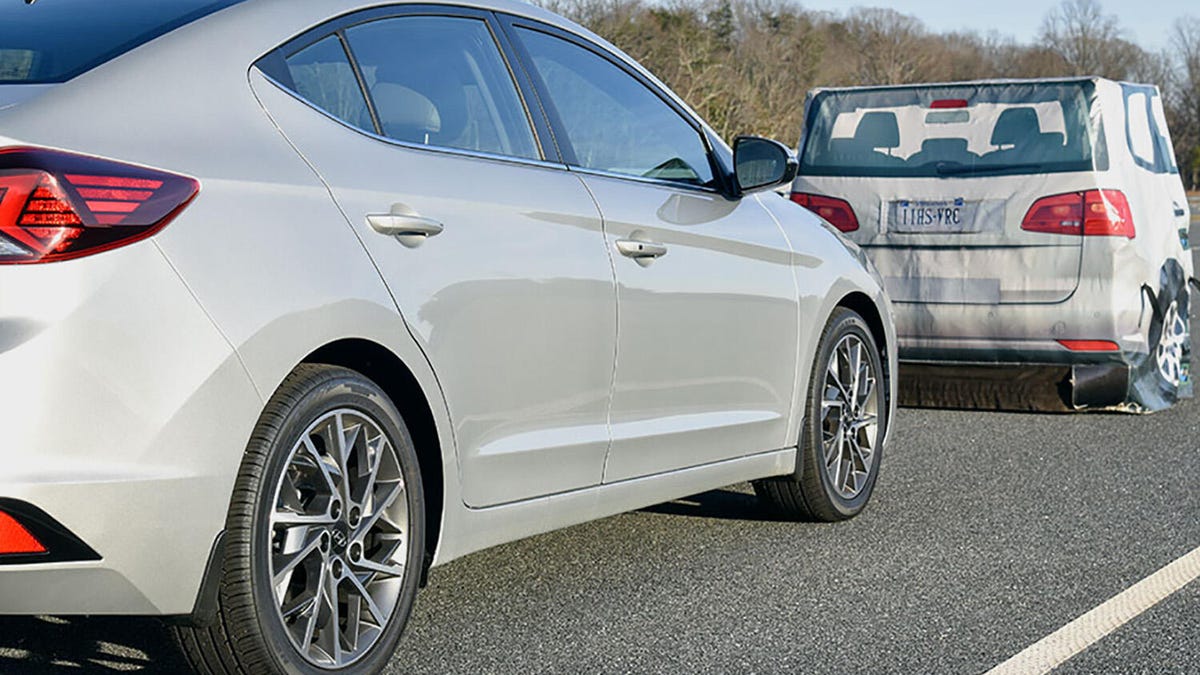Safety groups agree to common terms for advanced driver assistance systems
Automakers like to describe assistance features with a lot of different language, so five groups banded together to create commonality.
As more partial automation makes its way to vehicles in the form of advanced driver assist systems (ADAS), automakers have had pretty free range in describing some of the features. That, hopefully, ends with the Clearing the Confusion campaign, an effort AAA, the Society of Automotive Engineers, Consumer Reports, JD Power and the National Safety Council endorse.
On Tuesday, all five groups approved common terms for a variety of ADAS. The terms aren't intended to replace what automakers want to call the features from a branding perspective, but they're meant to provide clear and concise explanations for car buyers. In the joint announcement, each said consumers must be aware that certain systems are designed to "assist" and not replace a driver.
As I like to say in any story surrounding partially automated features, there are no self-driving cars on sale today, and there won't be any on sale tomorrow.
The approved terms aren't anything new to those following the technology, but they are a breath of fresh air for their blunt definitions. For example, in the "collision intervention" portion of the ADAS dictionary, each group agreed to the phrase "automatic emergency braking" for a system that "detects potential collisions with a vehicle ahead, provides forward collision warning and automatically brakes to avoid a collision or lessen the severity of impact. Some systems also detect pedestrians or other objects."
Automakers love to toss this feature into packages that talk about "precollision" systems, so it's often not clear if the car will automatically apply the brakes in some instances. Another common one is "high-beam assist," which each group decided to call "automatic high beams." See how much clearer that is? That should help people understand that the feature automatically turns on the high beams when it can to illuminate more of the road.
Again, the groups emphasized that they're not out to replace proprietary names for automakers, but to identify key functions so people understand what the systems actually do. The hope is to make these recommendations a framework for the entire industry, which should absolutely happen.
If you want to study the ADAS dictionary, a PDF of every single term, phrase and its definition resides right here.


